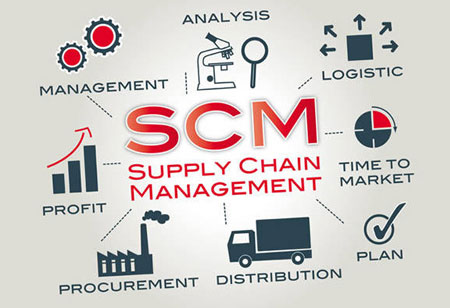THANK YOU FOR SUBSCRIBING
Be first to read the latest tech news, Industry Leader's Insights, and CIO interviews of medium and large enterprises exclusively from Food and Beverage Tech Review
Improvements in Food Safety Supply Chain Management
The food supply chain becomes difficult to manage as environmental and time limitations come into account.

By
Food and Beverages Tech Review | Wednesday, May 22, 2019
Stay ahead of the industry with exclusive feature stories on the top companies, expert insights and the latest news delivered straight to your inbox. Subscribe today.
FREMONT, CA: The food supply chain becomes difficult to manage as environmental and time limitations come into account. Food safety regulations that emerged over the past few years have further added to the complexity. The Bioterrorism Act of 2002 and the Food Safety Modernization Act require upgraded data on food origin and traceability information to help improve the food safety supply chain.
There have also been procedures in detecting and locating food contamination incidents. The Reportable Food Registry needs companies to disclose grave product contaminations as well. The food safety regulations also offer an opportunity for stakeholders to improve food safety supply chain management by implementing technology in battling compliance issues. Companies can enhance their safety performances in the following ways:
Carefully Assessing All Suppliers, Distributors, and Carriers:
As non-compliances with food safety can put any brand at risk, information about the origin of the products, including all storage facilities, should be made available. Safety methods and testing practices should also be monitored regularly.
Conduction of Regular Audits:
A formal auditing process should be established to document food safety supply chain betterment efforts.
Creation of Comprehensive Purchasing Agreements:
The involvement of food safety professionals in tracing supplier agreements needs to be done to minimize risk.
Maintenance of Accurate Labeling:
The Bioterrorism Act of 2002 requires importers to supply a significant amount of information to the Food and Drug Administration before importation, including lot, code number, or other identifying data.
Implementation of Accurate Tracking Technology:
The food safety supply chain can gain from the use of automatic identification technology. Efforts are being made to extend the tracking policies right back to an individual animal. Radio-frequency identification transponders, a livestock traceability system can extend the idea of tracking to the point of purchase or delivery.
Development of an Emergency Response Plan:
Accurate food safety supply chain information will enhance target recalls and help in creating a clear response plan for companies to maintain compliance.
I agree We use cookies on this website to enhance your user experience. By clicking any link on this page you are giving your consent for us to set cookies. More info







